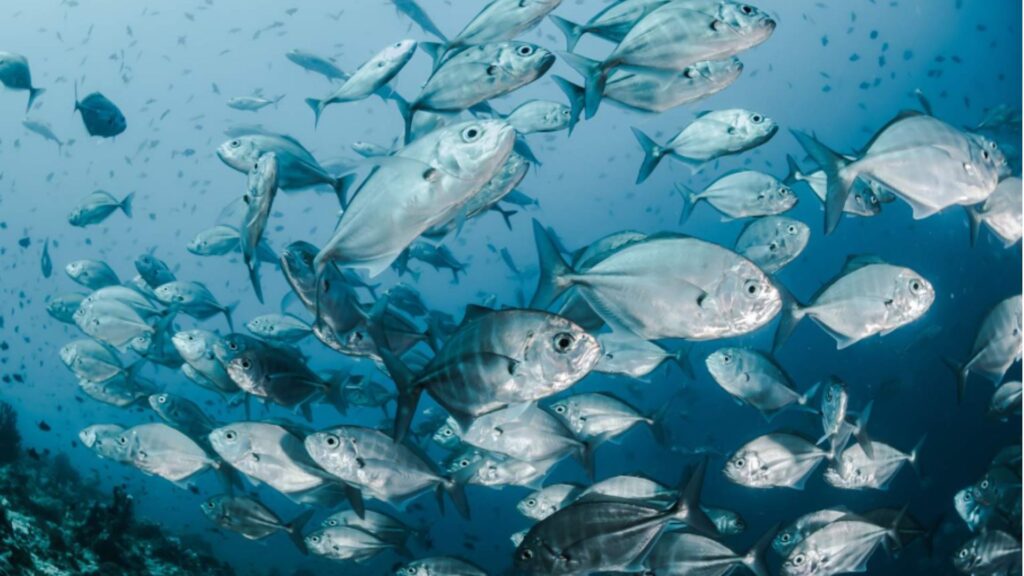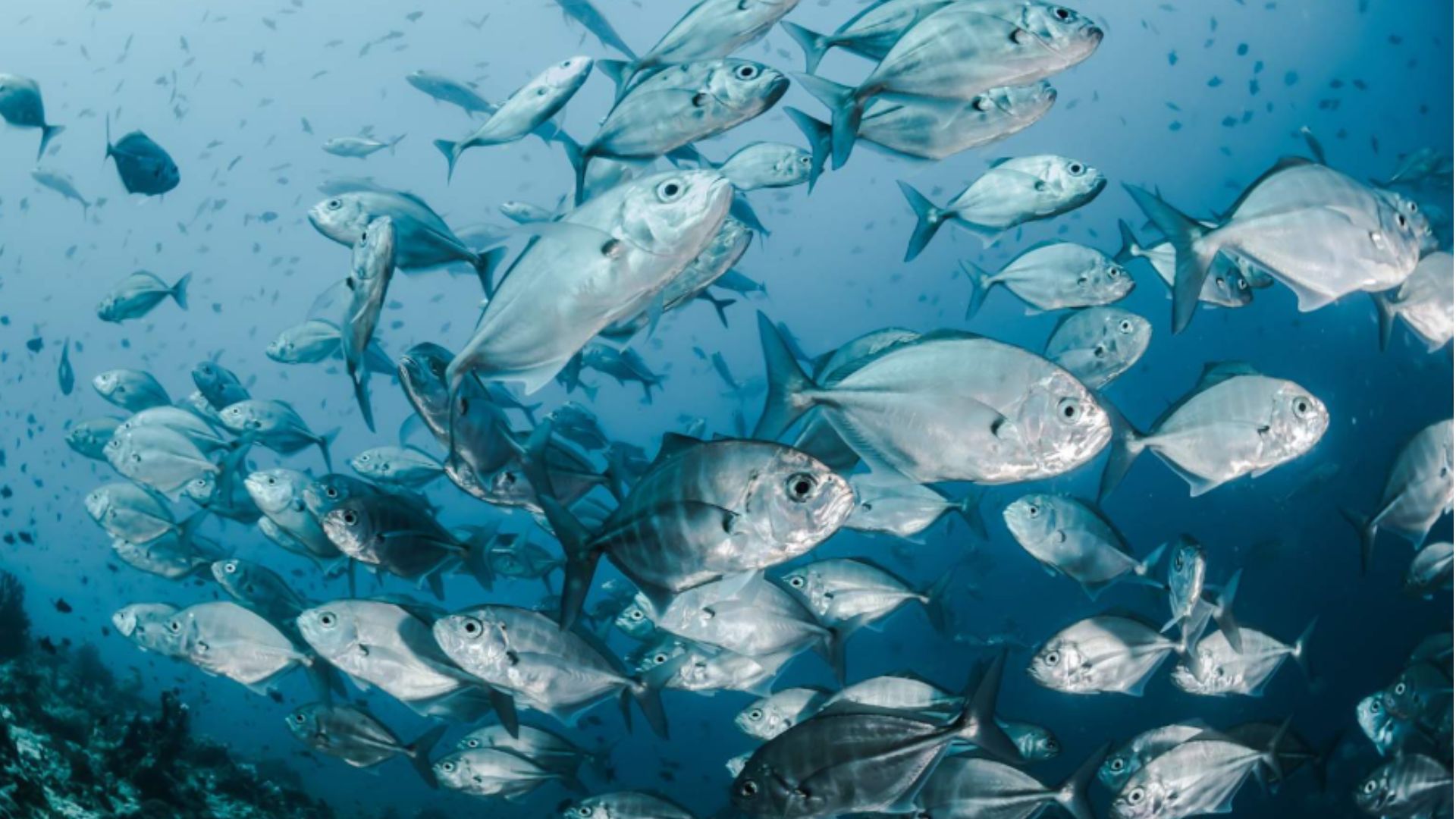
UC Santa Barbara researchers have delivered an alarming forecast about the world’s oceans, predicting that human impact on marine ecosystems will double by 2050. The study, published in the journal Science and led by marine ecologist Ben Halpern, director of the National Center for Ecological Analysis and Synthesis, warns that this acceleration in ocean damage threatens the very foundation of marine life that billions depend on for food and livelihood. The comprehensive research builds upon nearly two decades of data synthesis, updating a landmark 2008 study that first revealed no ocean area remained untouched by human activity. That earlier work found 41% of marine environments were heavily impacted, setting the stage for understanding where the oceans are headed under increasing pressure from climate change and human activities.
Ocean Warming and Fisheries Drive Future Damage
According to the UCSB study, ocean warming and biomass loss from fisheries will be the largest contributors to future cumulative impacts. The research indicates that the tropics and polar regions will experience the fastest changes, while coastal areas bear the brunt of increased impacts where “people derive most value from the ocean”.
Climate change is already transforming marine ecosystems at unprecedented rates. Ocean temperatures are rising nearly three times faster than the global average in some regions, with marine heatwaves becoming more frequent and intense. Global projections suggest exploitable fish biomass could decline by more than 10 percent by mid-century under high-emissions scenarios, with some regions facing drops of 30-40 percent.
Coastal Communities Face Greatest Risk
The study’s findings prove particularly concerning for coastal regions, which support the majority of ocean-dependent economic activity and populations. Many countries heavily reliant on marine resources for food security and livelihoods face substantial increases in cumulative impacts. The research identifies nations like Togo, Ghana, and Sri Lanka as particularly vulnerable to these changes.
Salt marshes and mangroves, critical coastal habitats that provide storm protection and carbon storage, are among the ecosystems expected to be heavily impacted. These environments serve as nurseries for marine life and natural barriers against coastal flooding, making their preservation crucial for both ecological and human communities.
Solutions Require Immediate Action
The research offers a glimmer of hope amid the dire projections, pointing to proven strategies that can alter the trajectory of ocean degradation. Climate change mitigation and strengthened fisheries management emerge as the most critical interventions, given their outsized roles in driving future impacts. The study’s authors emphasize that “being able to look into the future is a super powerful planning tool” and stress that “we can still alter that future; this paper is a warning, not a prescription.”
Evidence of successful ocean recovery already exists around the globe, demonstrating that targeted action works. Waters around South Korea, Japan, the United Kingdom, and Denmark have shown significant decreases in commercial fishing pressure and pollution, proving that “the solutions are known and within our grasp.” Marine protected areas, while currently covering only four percent of the world’s ocean surface, show promise when strategically placed—though current efforts disproportionately under-protect critical ecosystem services like coastal storm defense. The researchers advocate for prioritizing management of vulnerable habitats such as salt marshes and mangroves, while the broader message remains clear: “we just need the social and political will to take action.”












